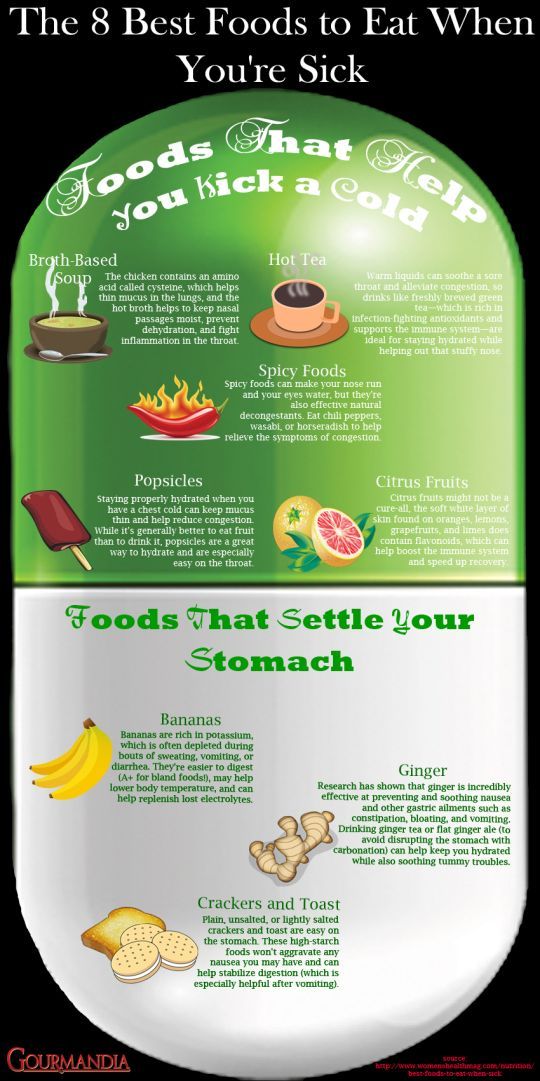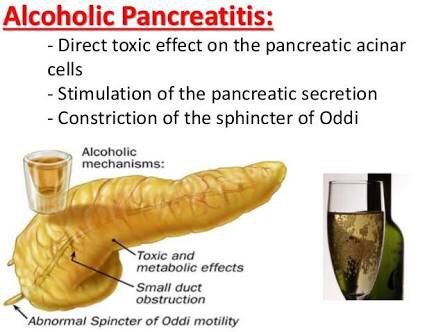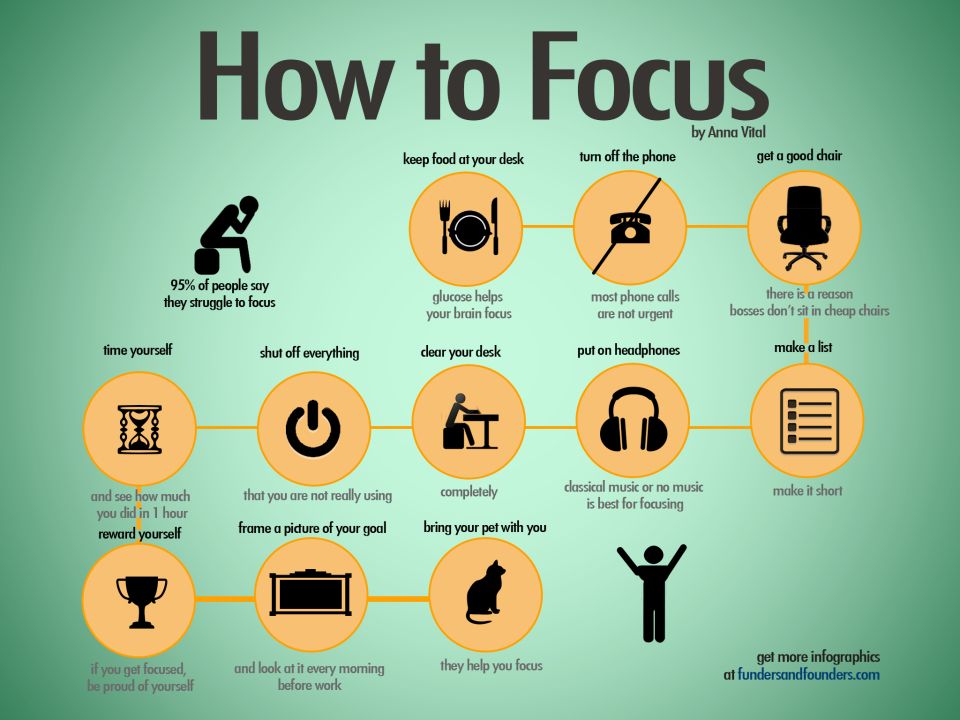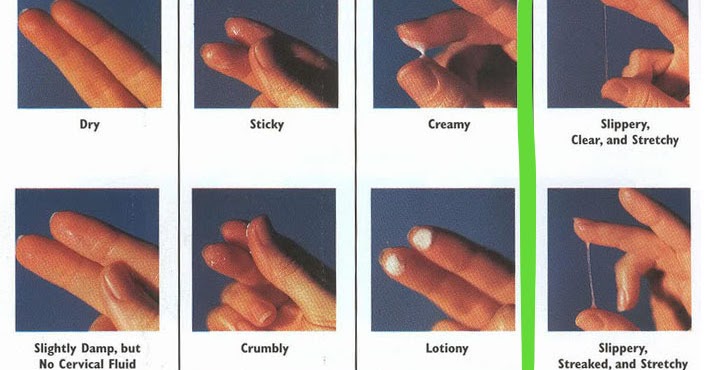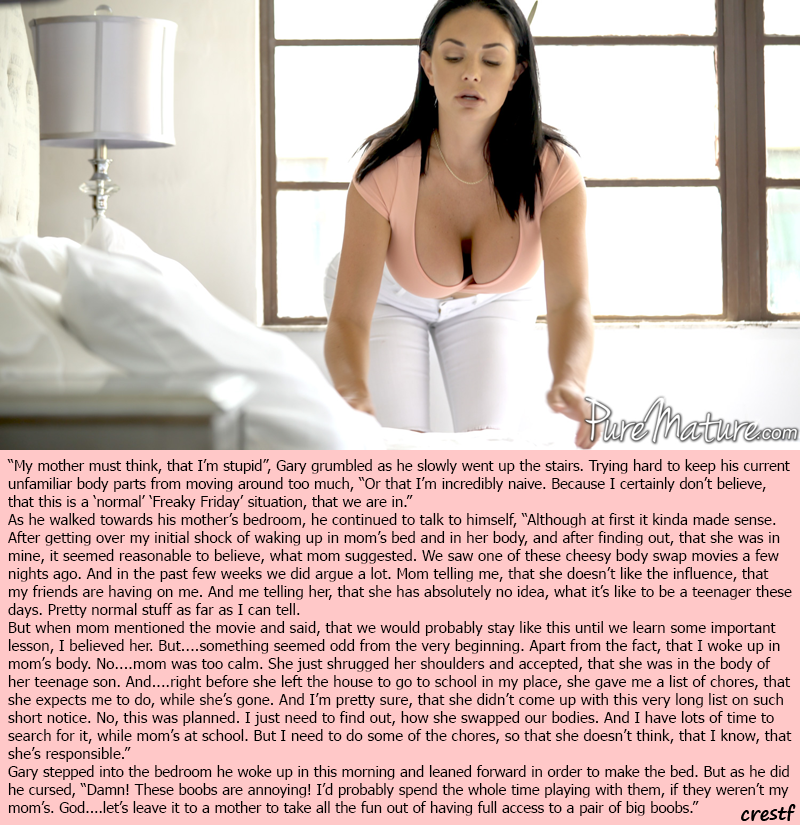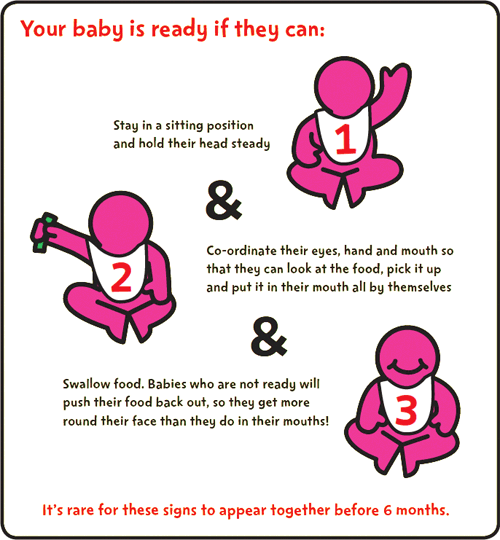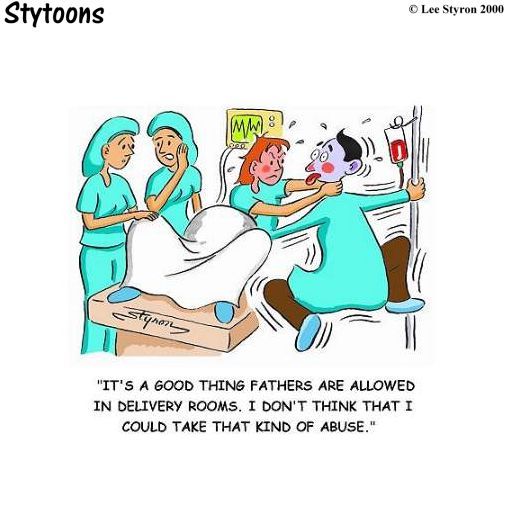How do you best position and use child safety seats
Where to Put Car Seat | Car Seat Position
Estimated reading time: 7 minutes
You are getting ready for your first baby, YAY! You selected your car seat and know which direction it should face in the car. Now you need to know where to put your car seat in the car.
The safest place to put your car seat in the car (or for anyone to sit in the car) is the center of the back seat.
Done.
(Wow, that was a short post. OK, I’ll give you more…)
Where is the safest place to put a car seat?
A study published in Pediatrics, showed for children newborn to 3 years old and all installs being equal, sitting in the center rear seat is 43% safer than sitting on the side in the back. The rear center position will be the furthest from any impact in any type of crash.
The researchers also found the most common location in the vehicle for a car seat was the rear passenger side. 41% of parents put the child’s car seat here. We’re not sure why so many parents put your car seat there. Perhaps this is for ease of access and keeping an eye on the baby.
We often told new parents at the hospital, the center is the safest. But
- if they couldn’t get the car seat to install properly in the center, or
- they really wanted to use LATCH to install but couldn’t in the center, or
- there is a hump or too narrow of a center position to install a seat, or
- mom just had a cesarean and didn’t feel she could lean over to put baby in the center seat,
then to put baby on the passenger side. We recommend the passenger side in case you ever have to park on the street, you will be on the sidewalk side of the car putting baby in the car seat.
Never install a rear-facing seat in the front seat in front of an active airbag. Always keep children in car seats in the back seat unless absolutely necessary to have it in front, like in a two-seater car.
When is the center
NOT the safest location?Assuming you can get a good install in all seating positions, the center is the safest.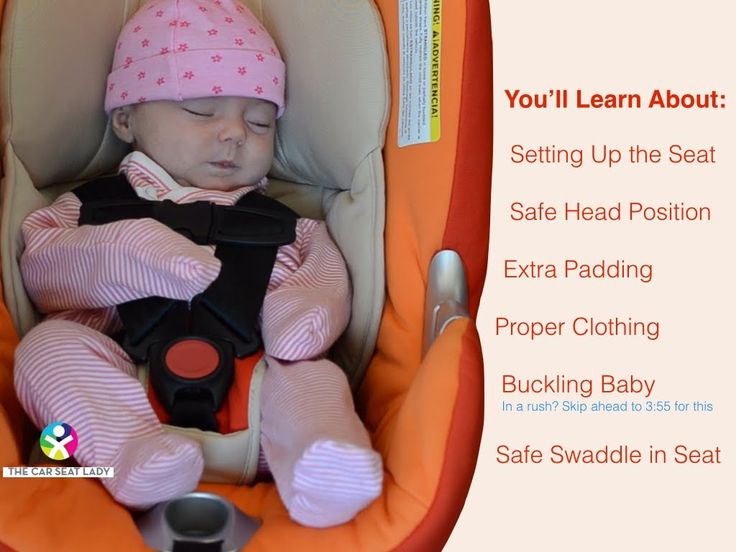
If you cannot get a good, safe installation in the center seating position, it is no longer the safest position. We really want to reiterate this point so let me say it another way. It is more important to have a good car seat installation than to be in the center seating position.
If the center seat is being challenging for you but you can get a good install in a side seat, install the seat in the passenger side seating position.
Note on LATCH
Often cars have LATCH for the two side seating positions in the back seat. Many times you cannot use one lower anchor from each side to install a car seat using LATCH in the center. (Every car is different and you need to read the owner’s manual for the vehicle.)
If this is the case in your car, you can use the seat belt to install the car seat in the center position even if it is a lap-only seat belt.
No, LATCH does not equal safer.
The purpose of LATCH was in hopes to make installing a car seat easier for parents.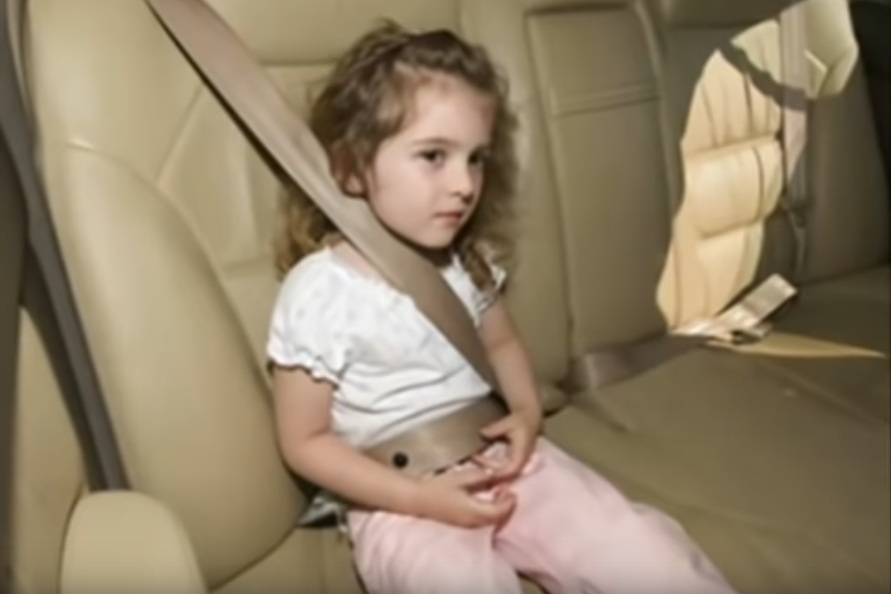 Personally, I think in many ways it backfired as it added more options to confuse matters.
Personally, I think in many ways it backfired as it added more options to confuse matters.
My first child made it safe and sound in the center but now I have child number 2 on the way
There are two schools of thought here:
- Put the newborn in the center rear seating position as the baby is the most vulnerable in a crash.
- Put an older forward-facing child — assuming the older child is forward facing — in the center seat since rear-facing children are inherently safer in their rear-facing seat.
We are on the school of thought of number 1; put the most vulnerable, ie. youngest child, in the center. A short lesson on crash dynamics which affect this decision:
- The majority of crashes are frontal impact crashes.
- Being in the center rear seat is most beneficial of the more rare but more dangerous side impact crashes.
- Being in a rear-facing car seat is safer if the crash is front impact as the child’s head, neck and back are all being supported during the crash.
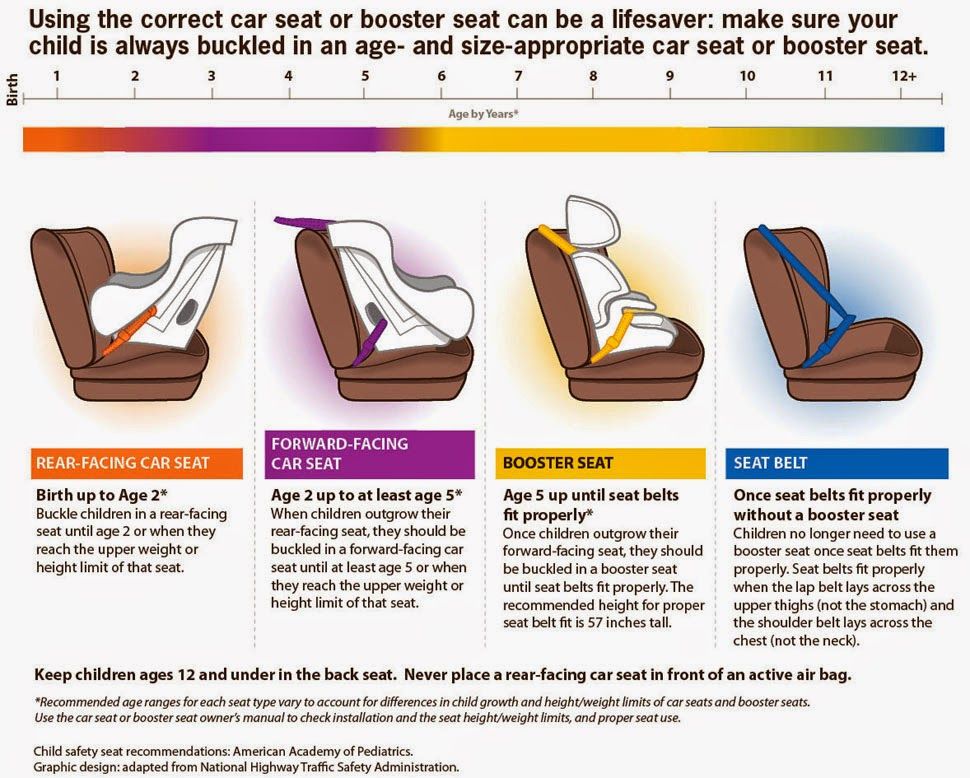 It would stand to reason, the benefits of being in a rear-facing seat are less significant in a side impact crash.
It would stand to reason, the benefits of being in a rear-facing seat are less significant in a side impact crash.
There are often other variables involved so if there is any question, we recommend asking a Child Passenger Safety Technician, preferably in person and with your car.
Wait. I can’t fit my infant car seat and my forward-facing convertible seat right next to each other.
If you can’t fit two seats right next to each other, you will have to use the two outside seats. There isn’t really a preferred side for the infant as far as crash safety is concerned. There is virtually no difference between driver’s side and passenger side in crash statistics.
One thing you may think about is, again, if you ever street park. If you do, you may want to put the child who takes the longest to get buckled in on the passenger side so you are in the street with the door open for as little time as possible. For instance, a toddler has to be put (or climb into — for those independent ones) the seat and get buckled, whereas a child in an infant carrier just gets popped into the base already installed in the car.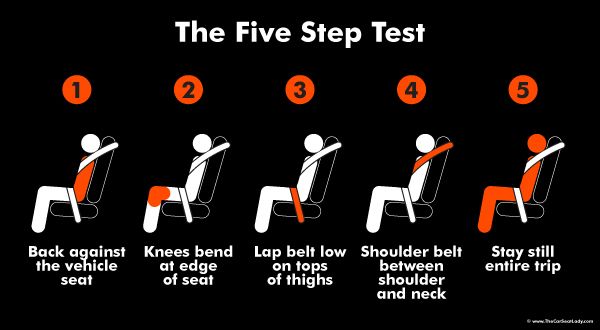 Obviously the infant carrier is a quick open the door, pop it in, close the door and you’re out of the way of traffic.
Obviously the infant carrier is a quick open the door, pop it in, close the door and you’re out of the way of traffic.
Of course that’s assuming the infant carrier fits behind the driver’s seat in your car. Ugh, so many variables!
YAY! Both my children have been safe in the back seat but HELP number 3 is on the way
Much the same answer as going from one car seat to two in your vehicle. The challenge here often becomes whether or not 3 car seats will fit across the rear seat in your car. There are many narrow car seats on the market and the RideSafer vests to help in this situation. (Click here to get more information about the RideSafer Travel Vest. Psst, they are great for travel or carpools too!)
Sometimes this becomes a puzzle to find out which piece — ahem — car seat, fits next to which other piece — err — car seat and you can still fit your hand in between to buckle the seat belt. My advice, don’t try this game on a hot summer day.
What if I have a third row?
Middle center seat would still be farthest from any type of crash impact. In some vehicles the third row seat is over the rear axle, which theoretically could be provide some impact protection in a side impact crash.
In some vehicles the third row seat is over the rear axle, which theoretically could be provide some impact protection in a side impact crash.
Otherwise, same rules apply. Most importantly, get a proper install. One thing to consider when putting kids in the third row seat is how easily can you get back there to buckle them up. You can have older, more independent kids can sit back there and put younger kids in the middle row.
What about my older kids who are not in a car seat anymore?
The back seat is the safer place to ride in the car for anyone. Period.
So all children should remain in the back seat of the car until they are driving. No really. They should. As best practice, CPS technicians recommend keeping kids in the back seat until they are a minimum of 13 years old. Yup, sorry tweens.
Next up: Car Seats Series #4: Installation
By Amie Durocher, Creative Director at Safe Ride 4 Kids and certified CPS Tech since 2004
Copyright 2022 Safe Ride 4 Kids.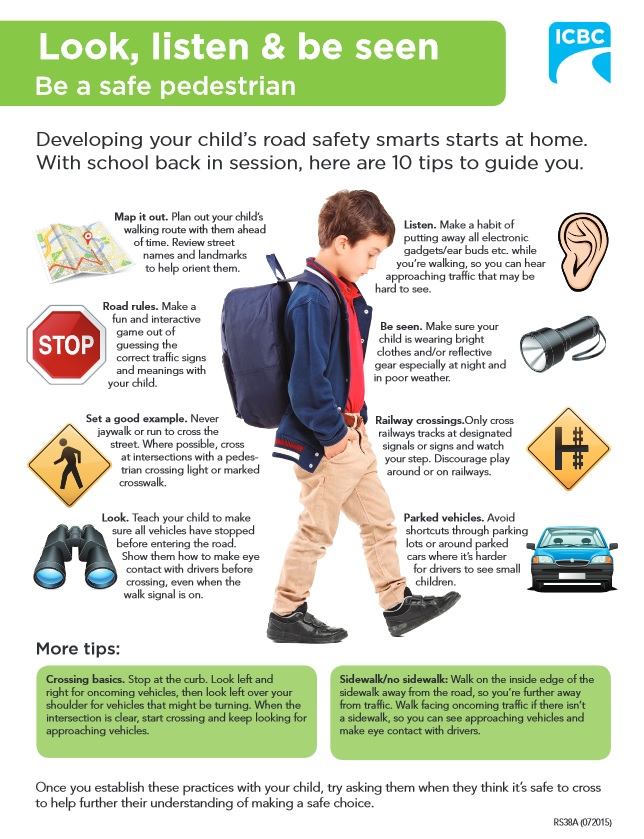 All rights reserved. You may not publish, broadcast, rewrite or redistribute this material without permission. You are welcome to link to Safe Ride 4 Kids or share on social media.
All rights reserved. You may not publish, broadcast, rewrite or redistribute this material without permission. You are welcome to link to Safe Ride 4 Kids or share on social media.
We originally published this post in August 2019. We updated the article for accuracy and comprehensiveness.
© amie durocher
Positioning Child Car Seats in Cars
When choosing a child car seat, consider where you wish your child to sit in the car, and check that the child seat can be properly fitted in that position.
Position 1: Front Passenger Seat
It is safer for your children to travel in the rear seats than the front. Some parents like to be able to keep an eye on their baby or child and so put them in the front. But, they are safer in the rear, and remember, if you are trying to drive and look after a child at the same time, you will be distracted and more likely to crash.
If a baby or child needs to be monitored, for health reasons for example, ask another adult to ride with them in the rear.
NEVER put a rearward-facing baby seat in the front if there is an active passenger airbag. It is illegal and dangerous to do so, because if the airbag goes off, it will hit the baby seat and fling it forward with considerable force.
If the car does not have airbags in the front, or if they can be deactivated, or if the car has sensors which switches the airbag off automatically when you fit a child seat, then you can legally carry a rearward facing baby seat in the front. However, it is still better to fit it in the rear.
If you must fit a forward-facing seat in the front, make sure that the car seat is as far back as it will go so your child is as far away from the dashboard as possible. Double check that the child seat is very securely held by the seat belt and your child is securely held by the child seat's integral harness or the car seat belt (depending on the type of child car seat).
Position 2: Rear Seat Behind the Driver
If possible, use one of the other rear seats. If you use this seat, you may have to get the child in or out of the car on the road side of the vehicle. However, if you normally park with the driver's side next to the pavement, this seat would be better than the opposite side.
If you use this seat, you may have to get the child in or out of the car on the road side of the vehicle. However, if you normally park with the driver's side next to the pavement, this seat would be better than the opposite side.
If you use this seat, make sure the child seat can be fitted in this position correctly.
Position 3: Middle Rear Seat
If the middle rear seat has a three-point (lap and diagonal) seat belt, this is the safest place to put a child restraint (unless the manufacturer's instructions say one of the other seats is better) because it is the furthest away from the sides of the car.
If the middle rear seat has a lap-only belt, check the child restraint instructions to see if it can be fitted with a lap-only belt. Most child car seats require a three-point seat belt. If this is the case, fit the seat on a rear seat that has a lap and diagonal seat belt.
If you are using an Isofix or i-size child seat you can only use the middle rear seat if it has Isofix points.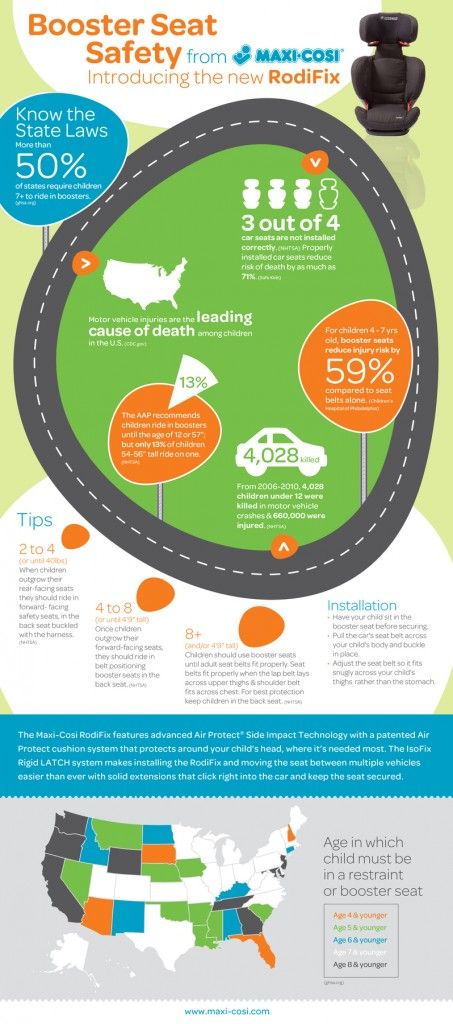
Position 4: Rear Seat Behind the Front Passenger
It is better to use this seat, than the one behind the driver, because it means you can normally get the child in and out of the car on the pavement side.
Make sure the child seat can be fitted in this position correctly.
Proper placement of the child car seat | Practical advice | Auto
Irina Zverkova
Estimated reading time: 4 minutes
17590
www.globallookpress.com
A lot of attention has been paid to the safety of children in cars. One of the aspects is the optimal location of the child seat. Factors such as the size of the car, the presence of a special fastening system, the nature of the child play a role here.
The classic location for a child restraint inside a standard car is the second row of seats. According to the European Safety Institute (Euro NCAP), it is the safest for child restraints. If possible, it is better to put the seat in the middle - then the small passenger will be in the center of the car at an equal distance from possible dangers.
calmly and does not require much attention while driving, it is better to place a seat behind the driver's back.In the event of an emergency situation, a person first of all takes himself away from the blow, and, as a result, the closer the satellite is to him, the more likely it is that if the child periodically needs attention or it is important for him to see mom or dad, then it is better to place the seat diagonally from the pilot.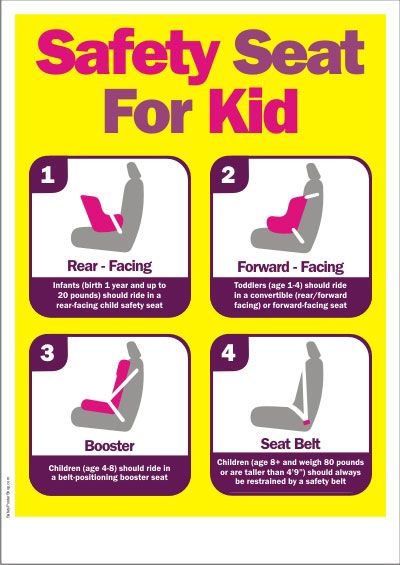 Then it will be easier for the parent to control the baby or give him something if necessary.0005
Then it will be easier for the parent to control the baby or give him something if necessary.0005
In very small cars with little to no luggage space, you can install a child seat in the front row. In this case, it is imperative to turn off the airbag, since during a possible collision it can open and harm the child with a blow. Some luxury coupes and convertibles also have child restraint mounts in the single passenger seat.
Wherever the seat with the child is, recent tests show that it is better to place it with your back, in the direction of travel. In this case, 90% reduces the risk of injury to the neck, back and head during a sudden stop. If there was a serious accident, then the child will be protected from glasses.
Another thing to note is that each car manufacturer may recommend a specific model and brand of child restraints. This means that certain tests have been carried out by the manufacturer and the proposed combination gives the best result. The same recommendations are followed by various institutes that perform safety testing.
This means that certain tests have been carried out by the manufacturer and the proposed combination gives the best result. The same recommendations are followed by various institutes that perform safety testing.
And remember: the safety of our children is in our hands. The presence of a child seat in the car does not in itself guarantee the full protection of the child. It is important to comply with all requirements for the location and installation of the restraint, which are prescribed in the instructions.
- Give your child safety: how to choose a child car seat →
- Lyalka in the cradle! How to transport babies correctly →
- Ways to secure child car seats →
child safety seat
Next article
You may also be interested in
- Traffic police: The fine for the absence of a child car seat should be comparable to its price
- How to choose the right child car seat
- The safety of little passengers is our responsibility
- Caring for a child: a cheap car seat saves on life
Media news2
Graco Endure Car Seat Manual - Children
Thank you for choosing a Graco Endure car seat.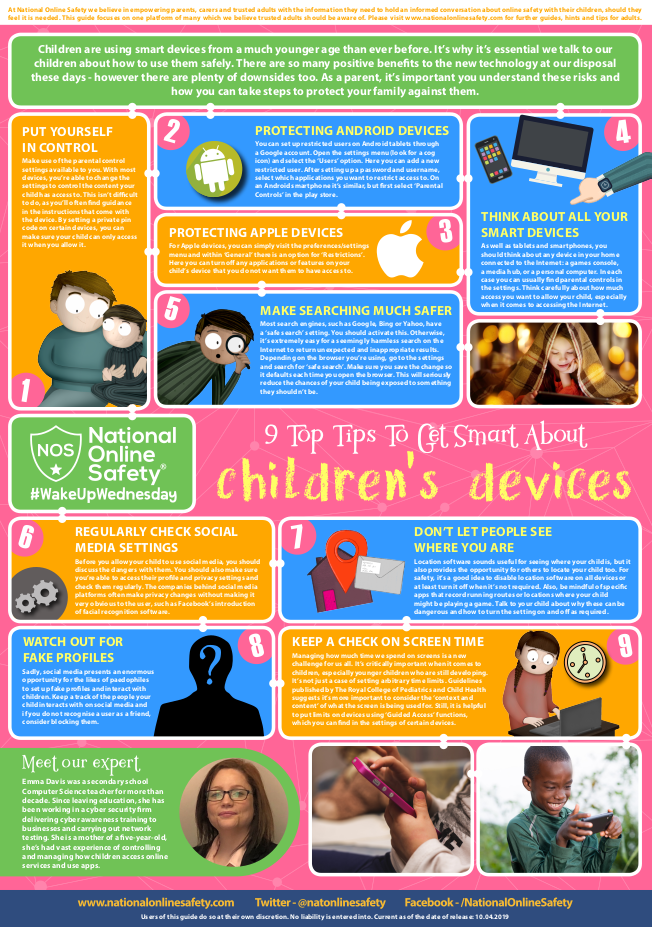
Please always read the instructions before using the child car seat. The user manual is in a pocket on the side of the seat.
Graco Endure Car Seat Manual
Contents
1 Car Seat Installation
2 List Installing a child car seat (9-18kg)
10 Adjusting the straps
10.1 Fastening the strap
10.2 Tightening the strap
10.3 Weakening of the belt
10.4 Removing the shoulder straps
10.5 Removing Safety belts
11 Adjustment of the headrest
12 Installation of children's car seats (15-36kg)
Monk of the car crusting
Open the two pieces so that the backrest and seat lie flat. Locate the two hooks at the base of the backrest at the back of the seat base (inset).
Raise the seatback until it clicks into place.
Parts list
- Headrest
- Belt slot
- Backrest
- Seat belt
- Shoulder pad
- Armrest
- Buckle and groin pad
- Additional insert
- Adjustment strap
- Belt guide
- Button (head restraint height adjustment)
- Seat belts
- Belt Connector
- Manual pocket
Care and maintenance
This instruction is important. Please read carefully and save for future reference. Failure to follow the instructions in this manual is DANGEROUS.
Removing the cover
First remove the elastic straps at the bottom of the back cover. Remove the cover. Now it can be cleared.
Removing the headrest and seat cover:
Remove the cover. It can be cleaned.
Wash covers:
Machine wash in cold water on a delicate cycle without spinning.
Important
Do not leave children unattended in the car seat.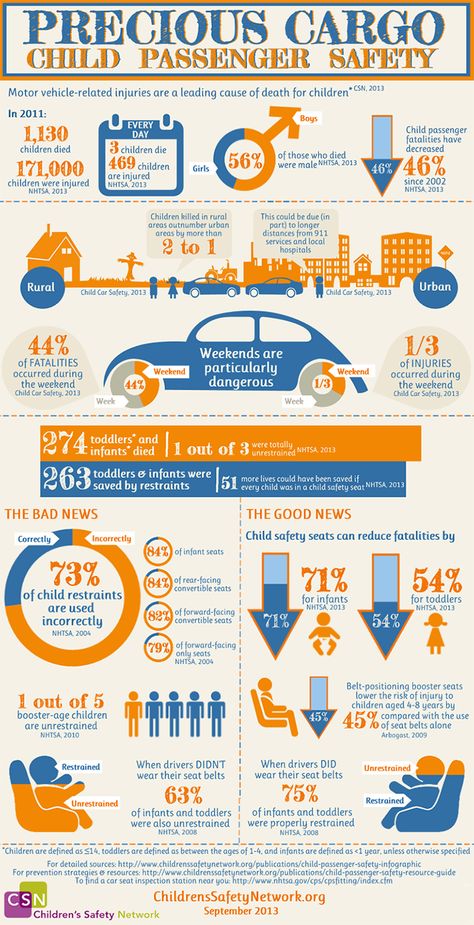 Any baggage or other items that could cause injury in a collision must be properly secured. This child restraint cannot be used without a cover. The seat cover should not be replaced with a cover not recommended by the manufacturer, because it is an integral part of the child car seat.
Any baggage or other items that could cause injury in a collision must be properly secured. This child restraint cannot be used without a cover. The seat cover should not be replaced with a cover not recommended by the manufacturer, because it is an integral part of the child car seat.
The child restraint should be replaced if it has been subjected to stress in an accident, as damage may not be visible to the naked eye.
It is dangerous to make any changes or additions to the child restraint without the approval of a competent person. When a child restraint is inside a vehicle, please always fasten it.
It is very important to follow the instructions provided by the child restraint manufacturer exactly when installing the car seat. All belts holding the child car seat in the vehicle must be strong. Use only those contact points and connections that are described in the instructions and marked on the child restraint
- This seat is a "universal" child restraint.
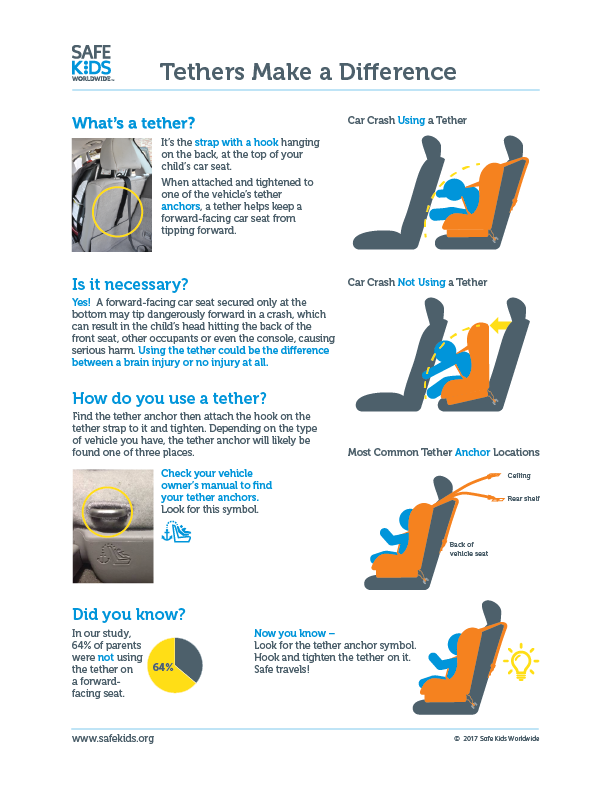 It meets stringent ECE 44/04 safety standards for general vehicle use and is suitable for most (but not all) car seats.
It meets stringent ECE 44/04 safety standards for general vehicle use and is suitable for most (but not all) car seats. - Can only be used with 3-point seat belts.
- Correct installation is possible if the vehicle manufacturer has indicated in the instructions for it that the installation of a "universal" child restraint for this age group is allowed in the car.
- This child car seat is classified as "universal" under more stringent criteria than those used to evaluate earlier designs not accompanied by this notice.
- If in doubt, consult the manufacturer or retailer of the child car seat.
Using the shoulder straps
Use the shoulder strap at the correct height.
Too low:
Too high:
Correct:
- Top notch
- Middle slot
- Bottom slot
- Top hinge
- Bottom hinge
Proper positioning of the seat belts
1. For infants and toddlers (9 to 18 kg), use the middle (2) and bottom (3) slots and the top (4) seat belt loops.
For infants and toddlers (9 to 18 kg), use the middle (2) and bottom (3) slots and the top (4) seat belt loops.
2. For older children (over 18 kg), use the top (1) and middle (2) slots and bottom (5) seat belt loops.
Changing the height of the shoulder belts
1. First, loosen the belts.
2. Locate the harness connector on the back of the car seat.
3. Release the straps from the connector.
4. From the front of the car seat, thread the seat belts through the slots in the seatback and shoulder pads.
5. Slide the shoulder pads back through the slot.
6. Insert the shoulder pads into the slots in the back of the car seat and car seat appropriate for your child's size.
7. Pull out the front shoulder pads.
8. Make sure that the rubberized side of the shoulder pads rests on the child's chest. Pass the seat belts through the pads. Check that they are not twisted.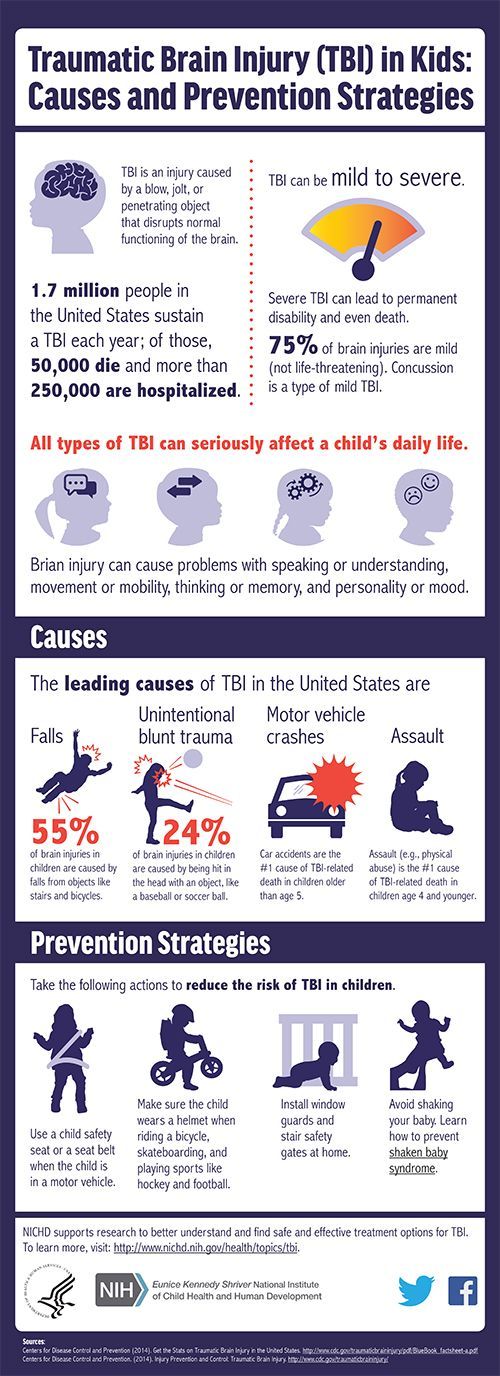
9. Reinsert the seat belts into the connector on the back of the car seat.
Repeat for each seat belt.
Make sure the straps are threaded evenly.
It is recommended that the child, while in the car, be fastened in the child car seat with seat belts for as long as possible.
Installing a child car seat with a three-point car seat belt (9-18kg)
Install a child restraint on the car seat.
1 . Pass the vehicle's diagonal seat belt under the headrest as shown in red, and the lap belt between the base of the child restraint and armrest as shown in red. Pull the car's seat belt as hard as you can so that it does not sag and thread it through the seat belt guide in the seatback.
2. Pass the vehicle's seat belt around the back of the child car seat over the seat belts and back through the belt guide on the opposite side of the back.
3. Pull the seat belt through the guide and fit the child car seat firmly against the back of the vehicle seat.
4. Route the seat belts and diagonal belts between the armrest and seat base as marked in red.
5. Attach the vehicle seat belt to the seat belt buckle, making sure the vehicle seat belt and buckle are in line. Please contact the child restraint manufacturer if you have any doubts about this. Tighten the vehicle's seat belt until the seat is firmly held in place.
Now you can fasten your child to the seat. Make sure the seat belt is not twisted. Also make sure that the cover does not interfere with the movement or adjustment of the seat belt strap in any way. Make sure that the rigid and plastic parts of the child restraint cannot get stuck when the car seat is moving or in the car doors.
To remove the child restraint, follow the above instructions in reverse order.
Adjusting the straps
Attaching the strap
1. Connect the two metal connector sections to the buckles.
2. Insert the two buckle connectors into the groove on the top of the buckle until they “click” into place.
Always check that the strap is properly secured by pulling up on the shoulder straps.
Press the red button on the buckle down to release the belt.
Tightening the strap
- Pull the shoulder straps up to remove any slack in the lower sections of the strap.
- Pull the shoulder straps as low as possible.
- Now pull on the adjustment strap until the straps are fully tightened.
The seat belts should be adjusted as tight as possible without causing discomfort to your child. Make sure the crotch of the seat belt is positioned as low as possible to the hips and not around the abdomen.
A loose belt can be dangerous.
Check the seat belt adjustment and tighten each time you place your child in the seat.
Loosening the belt
- Loosen the belt by pressing the lever (under the seat cover) on the front of the seat.
- Grasp the two shoulder straps with one hand. Then press the lever under the upholstery while pulling on the shoulder straps to loosen the seat belt.
When adjusting the shoulder straps, be careful not to pinch the seat belt adjustment straps when pushing the lever down.
Caution - Check that the belts are not twisted.
Removing the shoulder belts
1. First, loosen the child seat belt adjustment strap.
2. Locate the harness connector on the back of the child seat.
3. Remove both straps from the connector slots on the back of the backrest.
From the front of the seat, thread the straps through the slots in the seat back and fabric cover.
Removing the seat belts and crotch belt
1. Locate the three seat belt buckles under the seat. Turn the buckles at the narrow end and thread them, along with the straps, through the slots in the seat base and then through the slots in the fabric cover. The straps and crotch strap can then be completely removed from the seat.
Store the newborn insert, shoulder pads, crotch pad, buckles and harness in a safe place.
Headrest adjustment
Depending on the height of the child, the headrest can be adjusted higher or lower.
- Place one hand on the back. Press the button in the headrest and pull with the other hand.
- Move the headrest up or down so that your child's head is centered on the headrest.
Make sure it is locked in one of the six height positions by pulling on the headrest.
The red seat belt guides should be at shoulder height or just above the shoulders as indicated by the dotted line.
Installing a child car seat using a car seat belt (15-36kg)
Important: Before installation, remove the five-point seat belts (See pages 13 and 14)
1. Place the child restraint on the car seat. Make sure the seat back of the car seat is firmly pressed against the back of the vehicle seat.
